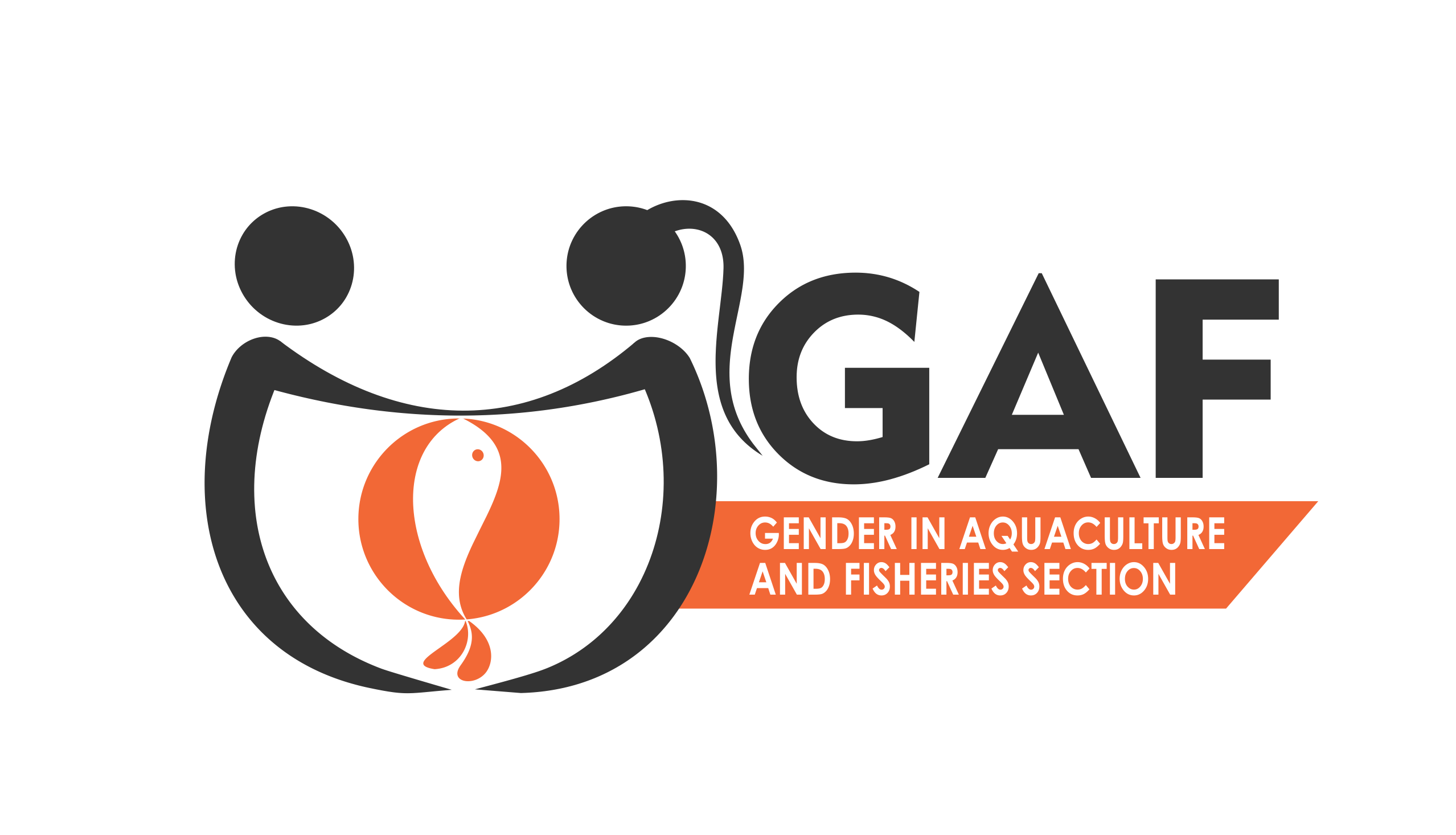
Over a decade ago I started working with fisheries data and noticed that much was missing from the official statistics that are often the basis for fisheries management and policy. My work at that time, as a research assistant for the Sea Around Us initiative, focused on fisheries catch data, where small-scale fisheries were found to be grossly under-reported, with certain species completely overlooked and large amounts of discarded bycatch, mostly from industrial scale fisheries, missing from the data. But there was one aspect of the fisheries data that especially interested me — the apparent widespread lack of representation of women’s fishing activities in national datasets. This interest led to me to pursue a doctoral degree, where I focused on bringing to light the overlooked contributions by women to fisheries economies around the world.
The lack of gender-disaggregated fisheries data has been cited for several decades now as a major constraint for making women in fisheries visible and for advancing gender equality in the sector. Despite this acknowledgement, little progress has been made on improving the data and increasing the visibility of women in fisheries from a policy and management perspective. One of the goals of my doctoral research was to advance the state of gender-related fisheries data and to use economic indicators to highlight the contributions, that often go un-noticed, by women in fisheries.
Now, as a recent doctoral graduate from the University of British Columbia (UBC), I am excited to share some of my PhD research in the open-access publication, entitled, “Valuing Invisible Catches: Estimating the global contributions by women to small-scale fisheries production”. This work, led by me and with input from colleagues at UBC’s Institute for the Oceans and Fisheries and the Vancouver School of Economics, is a first attempt at developing national-level indicators that bring to light the contributions by women in fisheries around the world. Through an exploration of diverse data sources, consulting with local experts, and calculating uncertainty, we estimated small-scale fisheries catches by women and the associated landed value. This research focuses on fisheries catches, just one of the many nodes along the fish value chain, and therefore does not include the substantial contributions by women to pre and post harvest work, especially processing and marketing.

Our study reveals that women contribute nearly 3 million tonnes of seafood annually, with a landed value of around 5.6 billion US dollars or approximately 10 billion real 2010 dollars (when adjusted for purchasing power parity). Putting this in context, this number represents roughly 11% of global small-scale fisheries catches, a portion of which is not recorded in national fisheries statistics or considered in fisheries management plans and policies that aim to promote food and livelihood security. The implications of overlooking these contributions include potentially adverse impacts on sustainability and on human wellbeing. My aspiration as I share this work is that these results help to further shift the policy narrative to one that fully recognizes the important role of women in fisheries, while also influencing data collection methods to better reflect the full set of actors and activities involved in fisheries economies worldwide.
Link to article: https://journals.plos.org/plosone/article?id=10.1371/journal.pone.0228912
Full citation:
Harper, S, Adshade, M, Lam, VWY, Pauly, D and UR Sumaila (2020) Valuing invisible catches: Estimating the global contribution by women to small-scale marine capture fisheries production. PLOS ONE, 15(3):e0228912
This entry was posted in: Fisheries, Women
